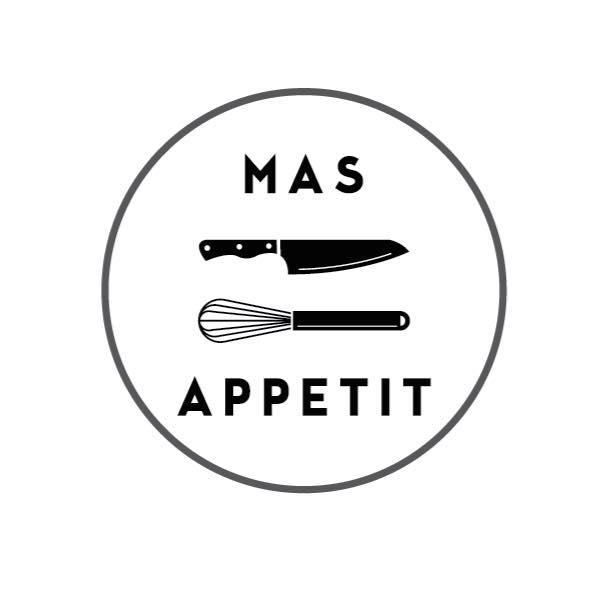Shuck ‘Em, Slurp ‘Em: A Beginners Guide To Oysters
Photo Taken At Spoto's Oyster Bar
Summertime is around the corner, and there’s nothing better than throwing back some bivalves, paired with a great vino. For the newbie, deciding on which oysters to try, and how to actually go about eating them can be a little daunting. Admittedly it was for me, so I figured I’d put together a mini dossier on all things oyster to help you latecomers out.
How To Order: Keep It Simple
The best way to eat oysters is nice and chilled on the half shell. Nothing wrong with a little squeeze of fresh lemon juice, and a dash of cocktail sauce. However let’s not forget that the whole point to eating oysters is to experience the actual oyster without all the extra noise.
Which Is Which???
Essentially there are five different types of oysters so here goes:
1. ATLANTIC
For all you salt lovers out there, these varieties naturally occur from Canada all the way down the East Coast, and across the Gulf. Think Bluepoints, Wellfleets, Malpeques, and Beausolais. They maintain a tear-drop shape, and have smooth shell ridges. Flavor wise they generally have a crisper, brinier, savory finish.
2. PACIFIC
Most farm-raised oysters in the Pacific Northwest are Pacific oysters. Common varieties include Penn Cove Select, Fanny Bay, and Kusshi. They've got pointed shells that are usually rough and jagged. They're creamy in texture and posses fruit and vegetal flavors.
3. KUMAMOTO
For those with a sweet tooth these babies are the ones for you! These oysters used to be lumped in with Pacifics, but it was discovered that they are their own species. They are small and deep, like a little cup. Pair these with a nice Sauvignon Blanc and you’re golden! The melon notes in the wine will bring out the natural fruitiness of these oysters.
4. OLYMPIAS
The only oyster species native to the Pacific Northwest, they were almost wiped out during the Gold Rush in San Francisco. They’re tiny, even smaller than Kumamotos and more shallow, with more intense, coppery flavor.
5. BELONS
Although many European Flats are frequently called Belons, they technically can only be called Belons if they are from the Brittany region of France near the Belon River. They have a meaty, almost crunchy texture, and impart an intense, metallic, almost anchovy like flavor that likes to hang around your palate for a while. These can be hard to find.
Unicorn Oysters
These varieties are the Holy Grail of oysters so count yourself lucky if you come across them;
Totten Virginicas
These prized varieties have a springy texture with a sweet, briny, clean flavor and a mineral finish. They are also notoriously hard to grow.
Glidden Point Oysters
One woman oversees every single one of these and is a perfectionist about growing them slowly in very cold water. Glidden Points are grown forty feet deep in the Damariscotta River Estuary, in Maine making them perhaps the deepest and coldest-grown oysters on the East Coast. They have deep cups, firm plump meats, and a crisp, complex flavor which is both briny and sweet.
Apalachicola Bay Oysters
Food critics and restaurant owners swear by these oysters declaring them to be among the finest, if not the finest in the world. Apalachicola, which is located in the Florida panhandle. These oysters, are less salty than typical, their meaty textured flesh is clean and dense, and imparts a deliciously mellow flavor.
Know The Lingo
"Sweet" - when the oyster is kind of mild and sweet instead of salty, and often these come from the Pacific Northwest. Kumamotos are super sweet.
"Melon" - associated with Washington state oysters most often. Fruity notes.
“Creamy” - when the oyster is buttery and not as firm. Kusshis are super creamy.
"Fresh Biscuit” - beginners oysters that don't have a super-strong briny flavor, like Beausolais.
“Cucumber" - Fanny Bays oysters often carry a cucumber like finish.
“Plump" - usually due to slow growth in nutrient, algae-rich water.
“Springy" - usually due to cold, deep water like you find on the East Coast.
“Copper" - when oysters have a very strong, acidic or rusty flavor.





